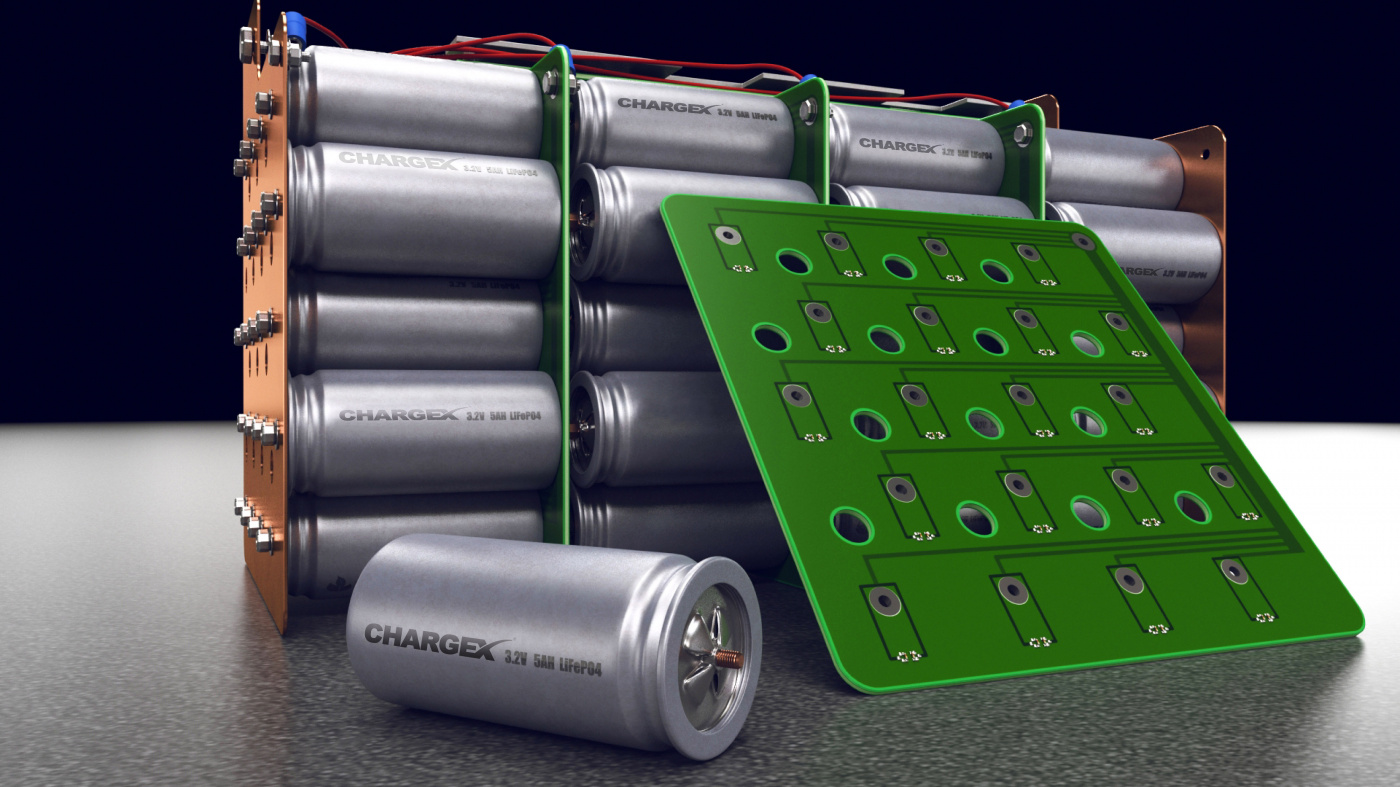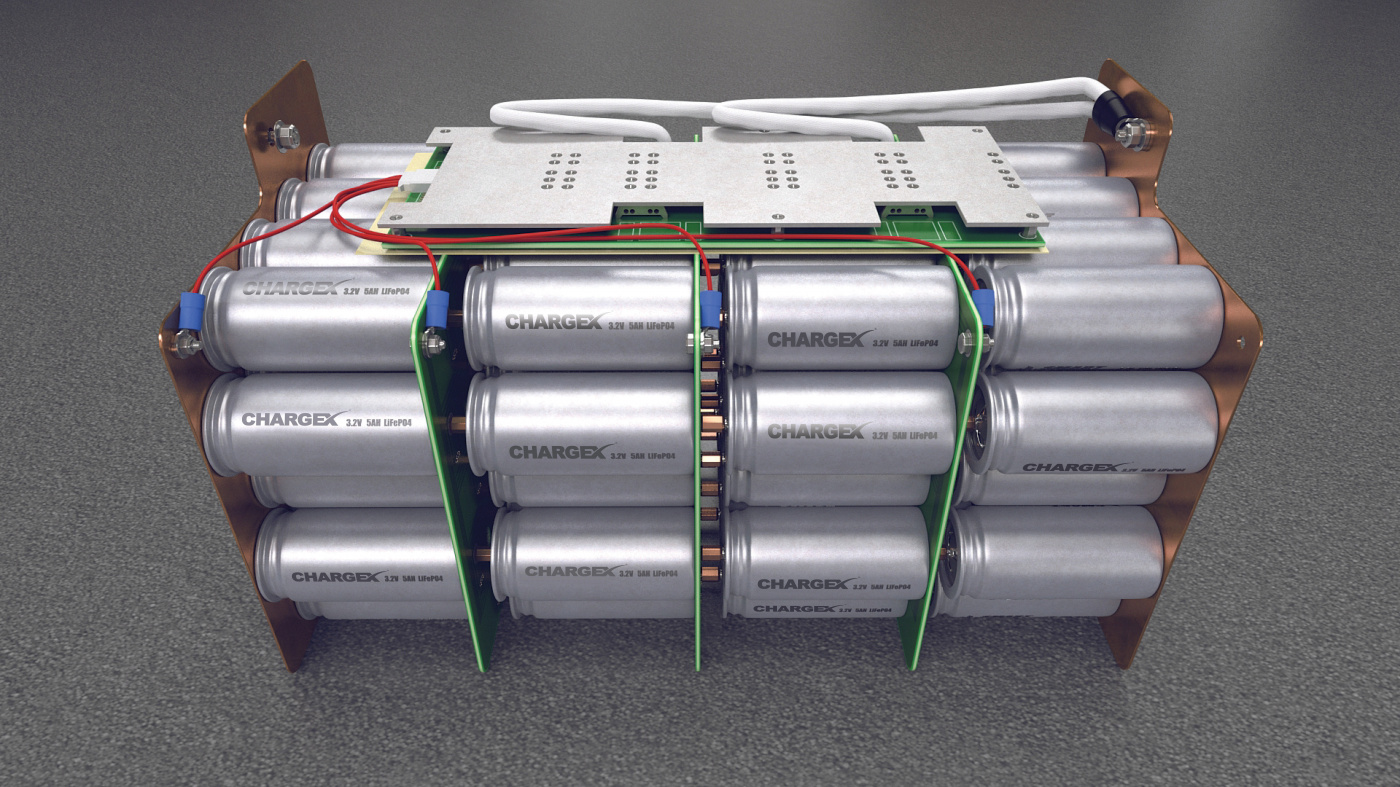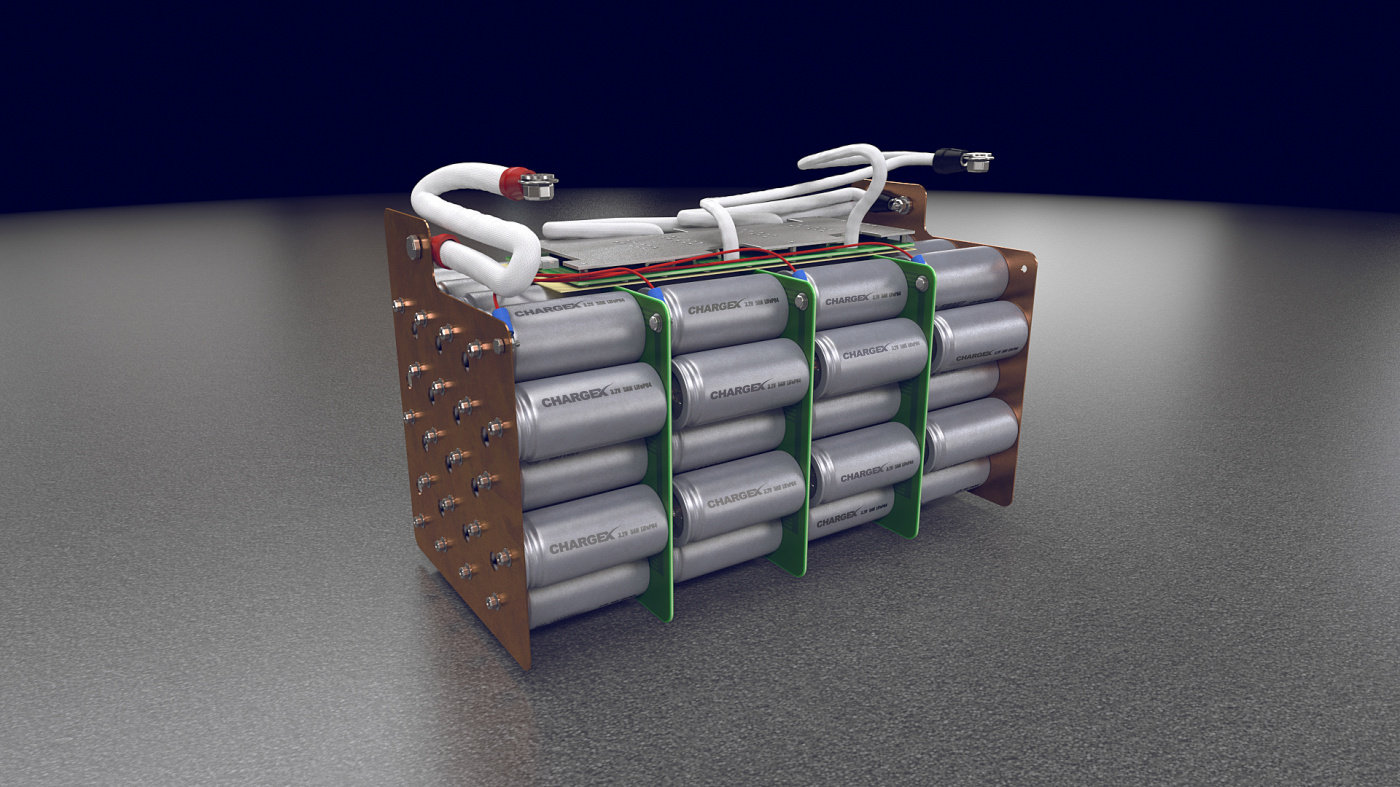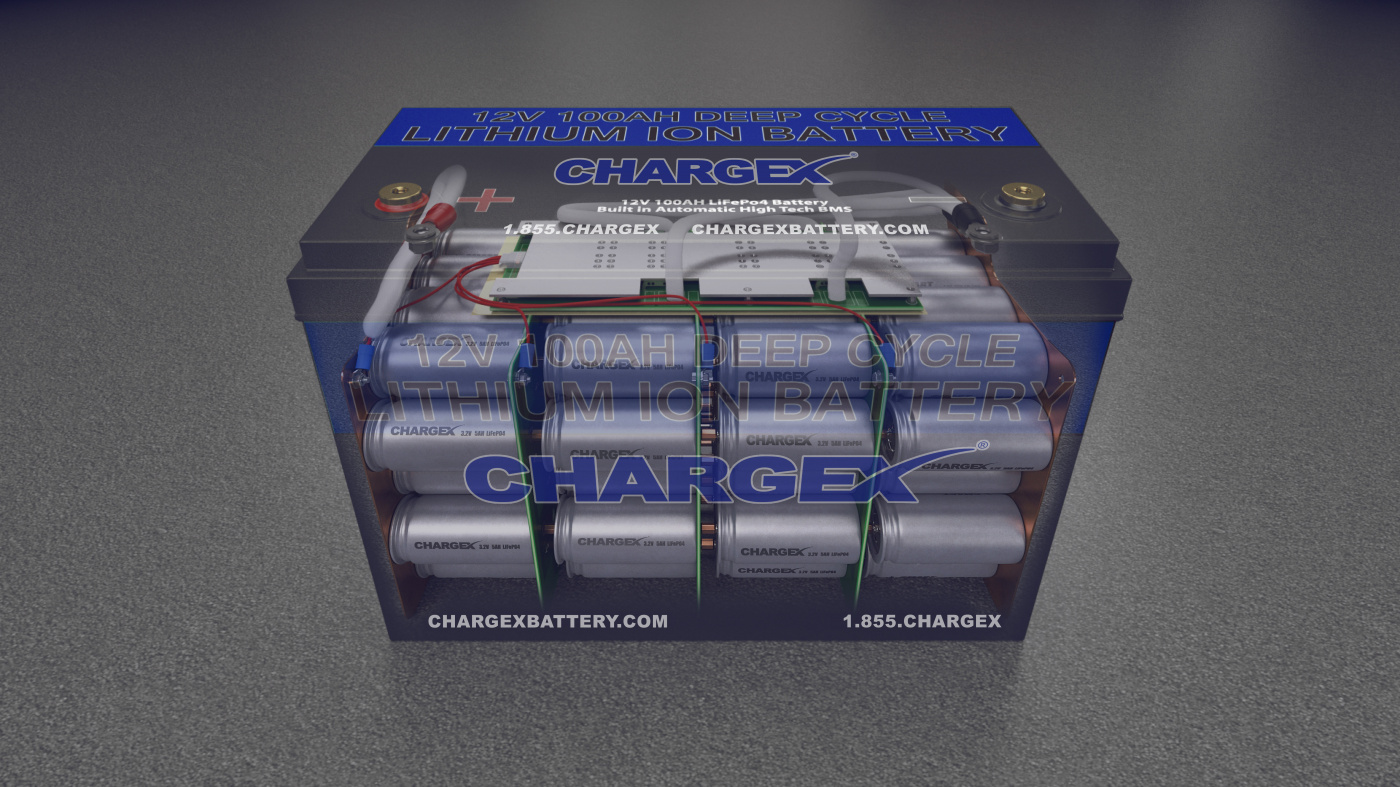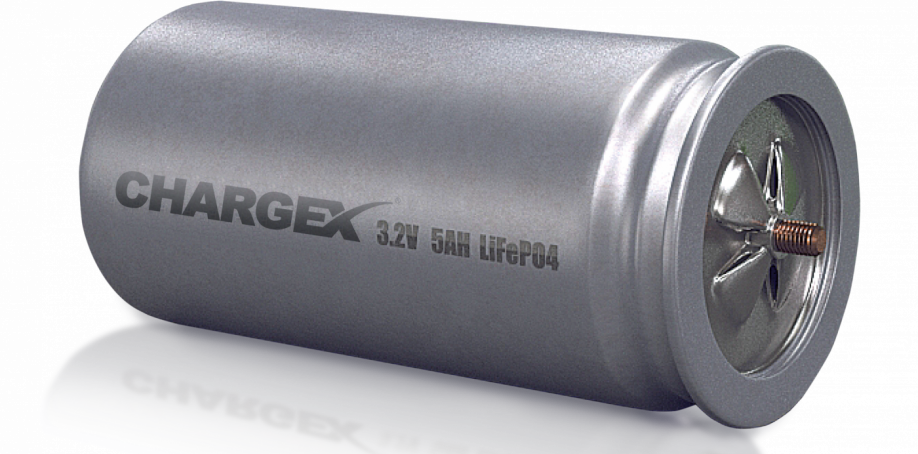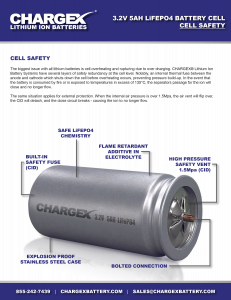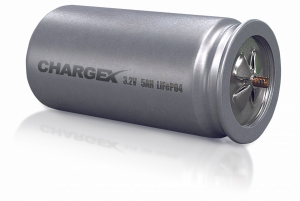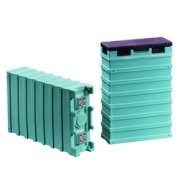THERMAL FUSE
Internal Cell Safety Fuse
Our cells have a built-in thermal safety fuse between the anode and cathode that will break in the unlikely event the cell overheats.
SAFETY VENT
High Pressure Safety Vent
A high pressure safety vent will flip open to release energy and prevent explosion if exposed to extreme heat.
ELECTROLYTE
Flame Retardant Electrolyte
Our cells are manufactured with a flame retardant additive in the electrolyte making them safe.
EXPLOSION PROOF
Explosion Proof Stainless Steel
Every Lithium Battery cell is manufactured in an explosion proof stainless steel cylindrical case.


